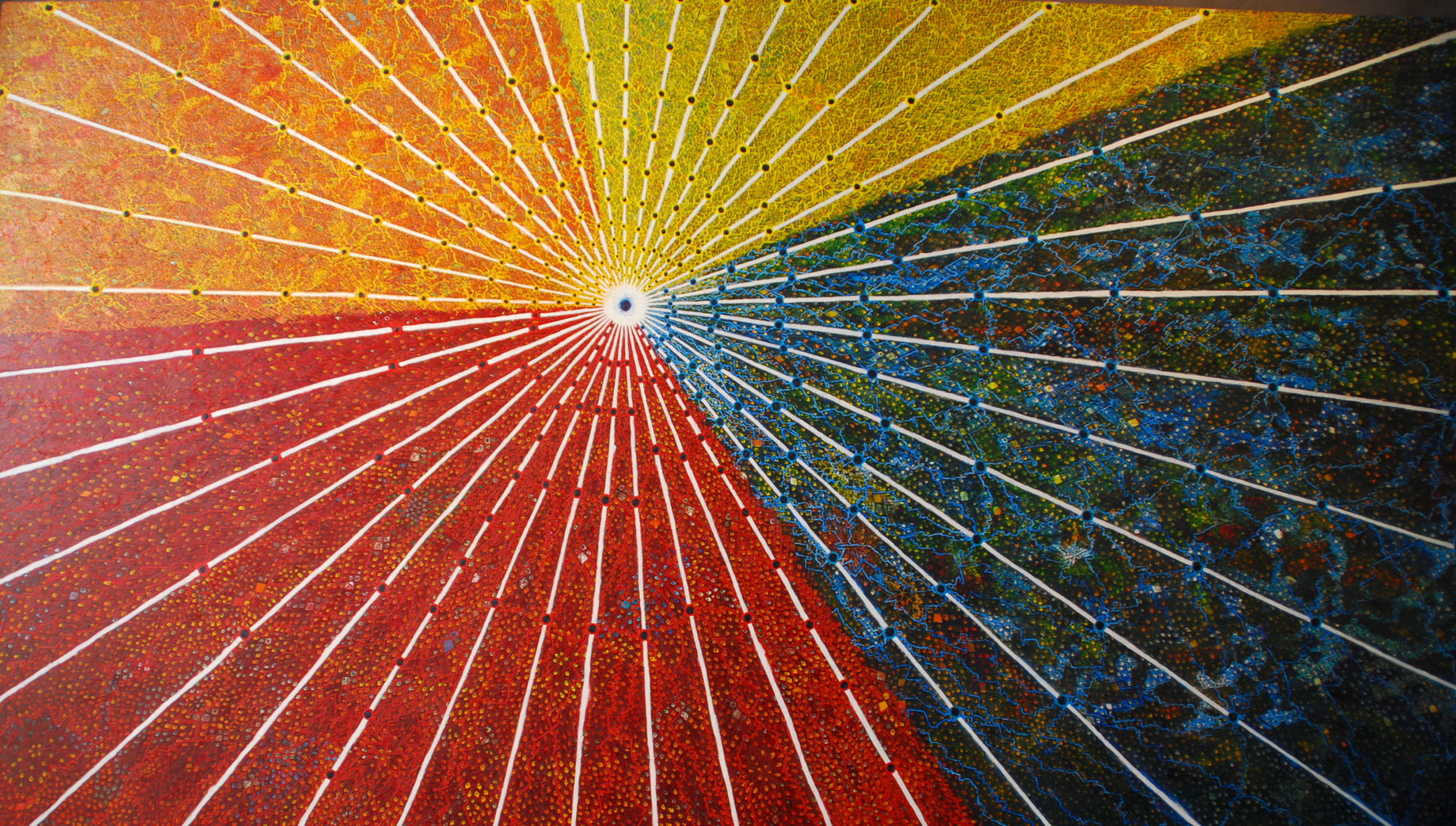I nudge Jeff and utter a question to him that I would like him to translate into Spanish and ask his host family. He looks at me like I’m mental, asks if I’m serious, and then does as I request when he realizes that I really want to know.
“Um, how can you tell whose pig is whose?” Jeff asks.
His host family looks confused for a moment, but their expressions turn to understanding as I gesture out the open front door at a huge pig waddling down the street, sniffing and snuffling around. It’s not the first I’ve seen. In fact, I’ve seen more pigs—big mama pigs, whopper hogs, and tiny piglets—than I can keep track of, and for the most part they’ve all been wandering freely—not penned into a field or yard, not tied to a post, not watched over by anyone. And it’s not just pigs I’ve seen in such a state; it’s also cows, bulls, chickens, and a few horses. They graze on the side of the road, and share the street with motorbikes, bicycles, pedestrians, buses, and private autos. You’d be wise to watch where you step since they don’t just graze, but also do their other business wherever they feel like it.
This ultimate in free ranging is a testament to the sense of community here in Nicaragua. Nobody is worried that their neighbor is going to steal their livestock or do it any harm. It’s also about the power of home. Apparently no matter where the pigs, cows, and chickens roam during they day, they all come home to sleep. And that, my friends, is how you know whose pig is whose. It’s the one that sleeps in your backyard when the sun goes down.



You must be logged in to post a comment.